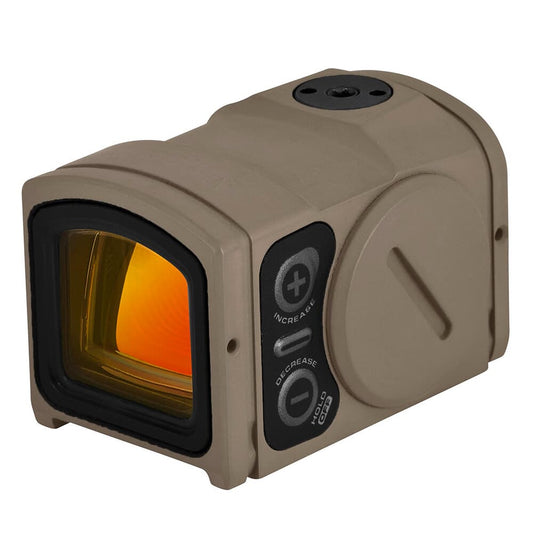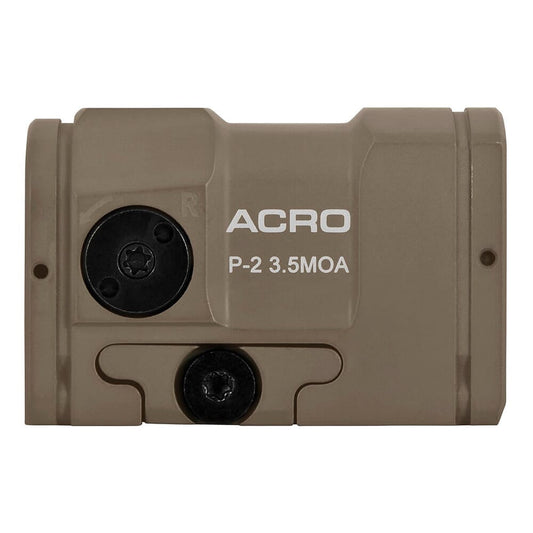

If you’re ready to elevate your aiming precision, the XS Sight R3D Night Sights for Glock Suppressor models are your go-to choice. These night sights blend cutting-edge technology with practical design, ensuring you’re always on target, day or night. With a tritium-powered front sight and the option for tritium or non-tritium rear sights, your visibility improves significantly in low-light situations. The high-contrast colored front sight doesn't just look good; it works hard to absorb ambient light, maximizing glow and enhancing your shooting experience.
The R3D system features a rear sight designed to minimize glare while providing self-shadowing serrations for improved handling during one-handed slide manipulations. Crafted from durable CNC machined steel, these sights are built to last. Plus, with a ten-year warranty and a 30-day satisfaction guarantee, you can purchase with confidence. Whether you’re using it on factory MOS pistols or pairing with optics like the Trijicon RMR, these sights are designed to fit seamlessly, allowing for ultimate versatility and performance on the range or in the field.
Key Features:
- TRITIUM POWERED FRONT SIGHT for superior visibility in low light conditions.
- HIGH-CONTRAST COLORED FRONT SIGHT that absorbs ambient light for enhanced target acquisition.
- GLARE REDUCTION from rear sight overhang for a clearer sight picture.
- ANTI-REFLECTIVE REAR TRITIUM LENS (R3D Only) to eliminate distractions during shooting.
- SELF-SHADOWING REAR SERRATIONS (Minimalist Only) for a better grip and easier manipulations.
- ONE-HANDED SLIDE MANIPULATION enabled by a practical rear sight ledge design.
- HEAVY-DUTY CNC MACHINED STEEL construction ensuring long-lasting durability.
- COMPATIBLE WITH STANDARD HOLSTERS making it an easy upgrade for any Glock model.
Technical Specifications Table
| Specification | Details |
|---|---|
| Fits Models | Glock 17, 19, 22-24, 26, 27, 31-36 |
| Material | CNC Machined Steel |
| Height | Suppressor Height |
| Lens Type | Tritium/Non-tritium Options |
| Warranty | 10 Years |
| Satisfaction Guarantee | 30 Days |
What’s in the Box?
- XS Night Sights R3D set
- Installation instructions
- Cleaning cloth
Customer Reviews
"The XS R3D sights have transformed my Glock. I can now shoot accurately at dusk!"
"Great visibility and easy installation. Worth every penny!"
"I love the tritium sights - they really shine in low light!"
FAQ
How do the XS R3D Night Sights compare to other brands? The XS R3D sights are specifically designed for optimal visibility and quick target acquisition in various lighting conditions, making them a top choice among tactical shooters. Their durable construction ensures longevity and reliability, which many competitors may lack.
Can I install these sights myself? Absolutely! The XS R3D sights come with easy-to-follow installation instructions. However, if you're unsure, we recommend consulting a professional gunsmith for a perfect fit.
Similar Models
Looking for even more options? Explore our complete lineup for XS sights, including the XS DXT2 Night Sights for Glock, designed for even faster target acquisition. Discover your perfect fit today!
You May Also Like
Here’s some of our most similar products people are buying. Click to discover trending style.








